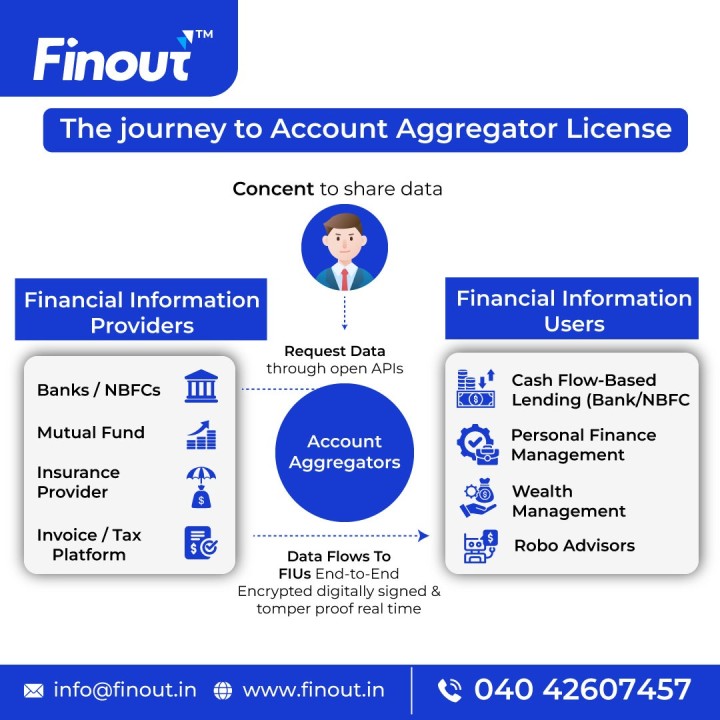Unlocking Success: A Comprehensive Guide to Startup Funding in India
Introduction to Startup Funding
In India, the startup ecosystem has witnessed a remarkable transformation over the past decade, with a surge in innovative ideas and an ever-increasing pool of investors eager to support promising startups. In this comprehensive guide, these are insights and expertise on the various aspects of startup funding in India, empowering to navigate this landscape with confidence and secure the resources that need to turn entrepreneurial dreams into reality.

The Importance of Startup Funding in India
In a country like India, where entrepreneurial spirit runs high, access to adequate funding can make all the difference between a thriving startup and a promising idea that never reaches its full potential. Startup funding not only provides the necessary capital to fuel growth and expansion but also serves as a validation of your business model, attracting additional resources, talent, and strategic partnerships. By understanding the importance of startup funding, you can better position your venture for long-term success and make informed decisions that will drive your business forward.
Types of Startup Funding Available in India
When it comes to startup funding in India, entrepreneurs have a diverse array of options to explore. Let’s delve into the various types of funding available:
- Bootstrapping: The practice of self-funding your startup using personal savings, loans, or revenue generated from the business itself.
- Angel Investors: Individual high-net-worth investors who provide early-stage funding and mentorship to startups in exchange for equity.
- Venture Capital: Institutional investors who provide larger sums of funding to startups with high growth potential, often in exchange for a significant equity stake.
- Government Initiatives and Schemes: Various government programs and schemes designed to support and nurture the startup ecosystem in India.
- Private Equity: Private equity funding from Foreign Institutional Investors (FII) and Domestic Institutional Investors (DII) provides significant capital injections to startups in exchange for ownership stakes. These investors typically inject funds in later stages of a startup’s growth, helping them scale operations and expand into new markets
Understanding the unique characteristics and requirements of each funding option will allow you to make an informed decision that aligns with your startup’s specific needs and growth stage.
Government Initiatives and Schemes for Startup Funding
The Indian government has recognized the importance of fostering a vibrant startup ecosystem and has implemented several initiatives and schemes to support entrepreneurs. Some of the key programs include:
- Startup India: A comprehensive action plan that provides access to funding, tax benefits, and a range of other support services for startups.
- MUDRA Scheme: A scheme that offers collateral-free loans to micro and small enterprises, including startups.
- SIPP (Startup India Seed Fund): A fund that provides seed funding to eligible startups, helping them kickstart their business.
- SEBI (Securities and Exchange Board of India) Regulations: Regulatory frameworks that enable and govern various funding options, such as crowdfunding and angel investments.
By understanding and leveraging these government initiatives, startups in India can unlock a wealth of resources and opportunities to fuel their growth and success.
Venture Capital and Angel Investors: How to Attract Funding
Securing funding from venture capitalists and angel investors is a crucial step in the startup journey. To attract these investors, you must demonstrate a compelling business model, a strong team, and a clear path to growth and profitability. Crafting a well-researched and persuasive pitch deck, building a robust network, and showcasing your startup’s unique value proposition are essential strategies to capture the attention of these discerning investors.
Key Considerations for Venture Capital and Angel Investors
- Market Opportunity: Investors will assess the size of your target market, the potential for growth, and your ability to capture a significant market share.
- Competitive Advantage: Highlighting your startup’s unique selling points, innovative technology, or differentiated business model can set you apart from the competition.
- Team Strength: Investors will evaluate the expertise, experience, and execution capabilities of your founding team and key personnel.
- Financial Projections: Providing well-researched financial projections, including revenue, expenses, and profitability, can demonstrate the viability of your business.
- Scalability: Investors seek startups with the potential for rapid growth and the ability to scale their operations efficiently.
By addressing these key factors and tailoring your pitch to the specific interests and investment criteria of venture capitalists and angel investors, you can increase your chances of securing the funding you need to take your startup to new heights.
Bootstrapping: Self-Funding Your Startup
While external funding sources like venture capital and crowdfunding can be instrumental in fueling a startup’s growth, the strategy of bootstrapping, or self-funding, should not be overlooked. Bootstrapping involves financing your startup using personal savings, loans, or revenue generated from the business itself, without relying on outside investors.
Advantages of Bootstrapping
- Maintain Control: By self-funding your startup, you retain full control over decision-making and the direction of your business.
- Lean Operations: Bootstrapping encourages startups to operate in a lean and efficient manner, optimizing resources and minimizing wasteful spending.
- Stronger Commitment: Investing your own resources into the business can foster a deeper sense of commitment and determination to succeed.
- Delayed Equity Dilution: Bootstrapping allows startups to delay or avoid the dilution of equity, preserving ownership and long-term value.
While bootstrapping may require more time and patience to scale the business, it can be a viable option for startups with a solid revenue model and the discipline to manage their finances prudently.
The Due Diligence Process: What Investors Look For
The due diligence process is a critical step in the startup funding journey, as investors meticulously evaluate the viability and potential of your business. During this process, investors will delve into various aspects of your startup, including:
- Market Analysis: Investors will assess the size, growth potential, and competitive landscape of your target market.
- Financial Statements: They will scrutinize your financial records, projections, and funding requirements to ensure the business is financially sound.
- Team and Management: Investors will evaluate the expertise, experience, and decision-making abilities of your founding team and key personnel.
- Legal and Regulatory Compliance: They will ensure your startup is operating within the relevant legal and regulatory frameworks.
- Intellectual Property: Investors will review the strength and protection of your startup’s intellectual property, such as patents, trademarks, and copyrights.
- Customer and Supplier Relationships: Investors will analyze your customer base, sales pipeline, and supplier agreements to assess the sustainability of your business model.
By being proactive and preparing comprehensive documentation, you can streamline the due diligence process and demonstrate your startup’s readiness to attract the investment you need.
The Indian startup ecosystem is teeming with inspiring success stories of entrepreneurs who have successfully navigated the funding landscape. These success stories demonstrate the immense potential of the Indian startup ecosystem and serve as inspiring examples for aspiring entrepreneurs seeking to secure funding and scale their businesses.
Conclusion: Key Takeaways for Startup Funding Success
In the ever-evolving landscape of startup funding in India, entrepreneurs must navigate a complex web of options, challenges, and opportunities. By understanding the various funding sources, leveraging government initiatives, and mastering the art of pitching to investors, startups can unlock the resources they need to turn their dreams into reality.
If you’re an aspiring entrepreneur seeking to secure funding for your startup, I encourage you to take the first step and explore the resources and strategies outlined in this comprehensive guide. Remember, success in startup funding is not just about the money – it’s about building a strong foundation, fostering strategic partnerships, and unleashing the full potential of your business. Embark on your funding journey with confidence, and let’s work together to unlock the next chapter of your startup’s success.
Unlocking Success: A Comprehensive Guide to Startup Funding in India Read More »























